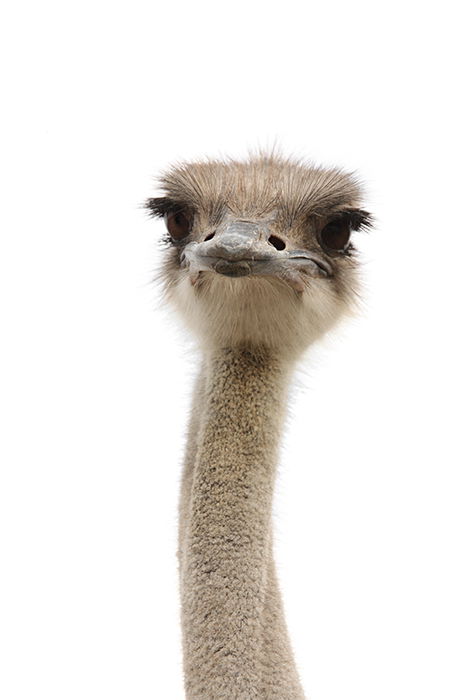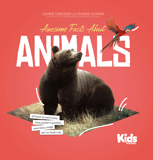This and That
Special Needs
How can you positively engage individuals with special needs?
- Every person is uniquely created by God. Not everyone with a particular disability or condition is the same. Consider each individual’s personal wants, needs, and preferences.
- In general, use person-first language when talking about disabilities or special needs. You might say “a person with autism” instead of “an autistic person.” This language defines an individual by their personhood, not their disability or condition.
- Assistive devices, like wheelchairs, canes, or braces, are part of an individual’s personal space. Refrain from leaning on, touching, or handling these devices without an invitation.
- In a conversation, look the person in the eye, even if that means adjusting your position. Talk to the person and not to a caregiver or interpreter.
- Some people may be open to personal contact like a handshake or hug, while others are not. When in doubt, ask the person and respect their decision.
Whale on the Scale
Because the blue whale’s aquatic lifestyle provides extra buoyancy for its big body, it can weigh up to 200 tons. But how do scientists measure the mass of the world’s largest animal? By taking its picture! As a whale surfaces for breath and rolls and flips in the water, drones capture aerial photographs of the creature. From these pictures, along with information from old whaling records, scientists can calculate the length, width, and height (volume) of the whale, which they then convert to mass. Rumor has it the camera adds 10 pounds—but what’s a few extra when you’re already the largest animal on earth?
Rainbow of Rarities
God’s artistry is on display throughout his creation—including in unusual pops of color, like the pink lake you read about on page 24. Check out these other brilliant hues in nature.

Meet Our Furry Friends!
From loyal horses to gentle rabbits to cuddly cats, domesticated animals have long been our furry companions. But the only creatures called man’s best friend are dogs. And the Answers magazine staff think they have some of the cutest canines around!
Snack Time
Now that you know the science behind your hunger pangs, try making these easy, protein-packed energy bites to keep your growling stomach silent for longer.
Ingredients:
- 1 cup old-fashioned oats
- 2/3 cup toasted shredded coconut
- 1/2 cup nut butter
- 1/2 cup chocolate chips
- 1/3 cup honey or maple syrup
- 1/2 cup ground flaxseed (optional)
- 1 tbsp. chia seeds (optional)
- 1 tsp. vanilla extract
Directions:
- In a large mixing bowl, stir all ingredients until thoroughly combined.
- Cover the bowl and chill in the refrigerator for 1–2 hours.
- Roll mixture into 1-inch balls.
- Enjoy immediately, or store in the refrigerator in a sealed container.

Recommended Resources

Answers in Genesis is an apologetics ministry, dedicated to helping Christians defend their faith and proclaim the good news of Jesus Christ.
- Customer Service 800.778.3390
- Available Monday–Friday | 9 AM–5 PM ET
- © 2025 Answers in Genesis










